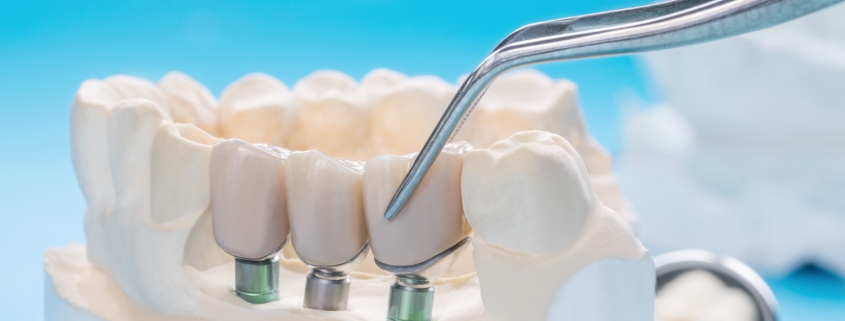What You Need to Know About Replacing Missing Teeth with a Dental Bridge
When you lose a natural tooth or several consecutive teeth, receiving a dental bridge in Onalaska, WI is one option that you have for tooth replacement. Dental bridges rely heavily on support from the neighboring teeth, so those teeth must be healthy enough to withstand the additional demand.
The Process of Receiving a Dental Bridge
Dental bridges consist of two main parts. First is the artificial tooth, known as a pontic. The dentists at Valley Dental match the shade of your new pontic to your remaining teeth as closely as possible to give you a natural appearance.
Our dental laboratory creates a small set of wires that attach to the back of your neighboring teeth to keep the pontic in place. We refer to these as dental crowns. They can contain one of three types of materials, including alloy metal, gold, porcelain, or a combination of these materials.
Because dental bridges rely on neighboring teeth to keep them in place, we typically only place them when patients are missing one of the front biting teeth. A dental implant to replace an entire tooth or a dental crown to cover a partial missing tooth is a better choice for the back chewing teeth. Here are the types of dental bridges:
- Traditional: We attach small wires to the teeth on both sides of the missing tooth to support the pontic.
- Implant-supported: Our dentists attach supportive wires to an implant tooth rather than a natural tooth.
- Maryland: The Maryland bridge could be a good option to replace missing front teeth and is similar to a traditional bridge.
- Cantilever: We use this type of bridge when patients only have one natural tooth on either side of the missing tooth to support it.
Please schedule an appointment with Valley Dental in Onalaska, WI to learn more about your tooth replacement options.





Leave a Reply
Want to join the discussion?Feel free to contribute!